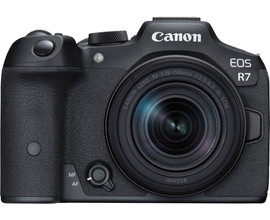
Compare the Canon EOS R7 to the EOS R10
Canon EOS R7
- Thanks to the crop factor of the APS-C sensor, you can photograph athletes from a large distance.
- The built-in image stabilization reduces motion blur.
- You can continue to use your EF/EF-S lenses thanks to the included EF-EOS R adapter.
- A memory card isn't included.
Canon EOS R10
- You can take sharp photos with the 24.2-megapixel APS-C sensor.
- Thanks to the special autofocus programs, the camera automatically focuses on people, animals, and vehicles.
- With the EF-EOS R adapter, you can use your EF-S lenses on this mirrorless camera.
- The camera body doesn't have image stabilization to reduce motion blur.
Comparison of the Canon EOS R7 and EOS R10
| EOS R7 | EOS R10 | |
|---|---|---|
| Sensor | 32.5-megapixel APS-C | 24.2-megapixel APS-C |
| Image stabilization | In the body | Optional in the lens |
| Video resolution | 4K, 60 fps / Full HD, 120 fps | 4K, 60 fps with 64% crop / Full HD, 120 fps |
| Subject detection | People, animals, vehicles | People, animals, vehicles |
| Speed continuous shooting | 15 fps mechanical, 30 fps electronic | 15 fps mechanical, 23 fps electronic |
| Built-in flash | No | Yes |
| Memory card slots | 2 | 1 |
| Weight | 612g | 429g |
Usage situation
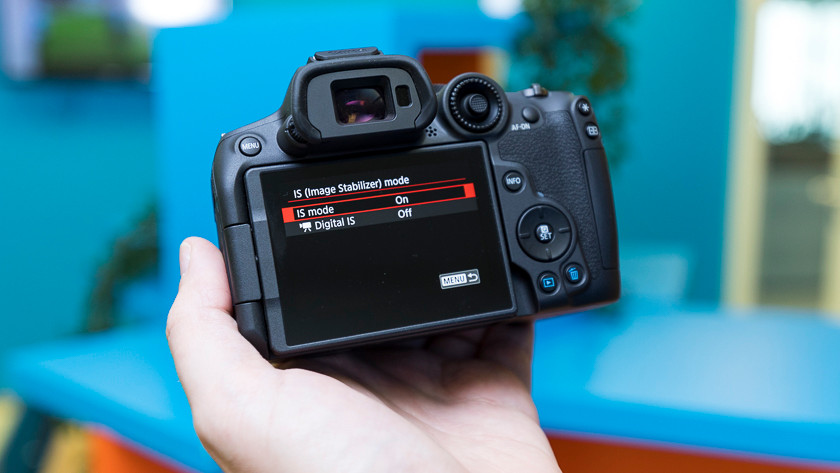
Canon EOS R7: fast camera for sports and safari
The Canon EOS R7 is the most extensive camera of the 2. It's compact and light, an has an APS-C sensor. This allows you to photograph with a crop factor of 1.6x and is your image more zoomed in. Thanks to the crop factor, you can extend the focal length of your lens with 1.6x. That's useful if you like to work out or photograph wild animals. Thanks to the internal image stabilization, you're not bothered with motion blur if you use a telephoto lens or long shutter speed. The dust and splash-proof finish allows you to use the camera in any weather situation.
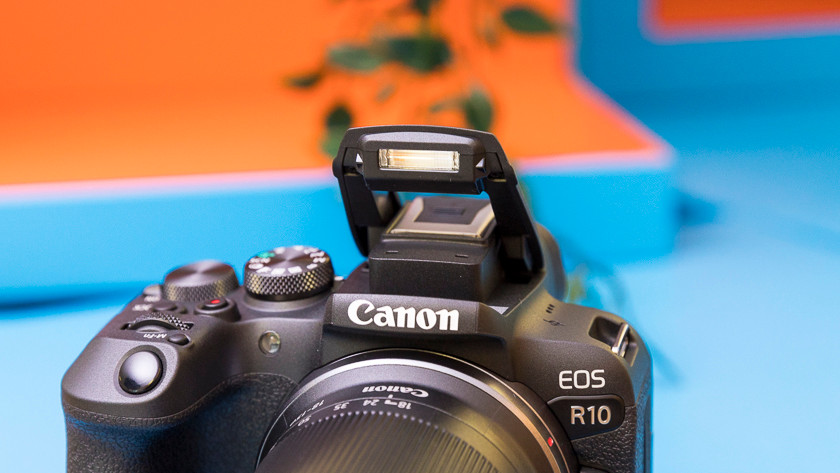
Canon EOS R10: compact camera for traveling
Just like the EOS R7, the R10 has an APS-C sensor. This camera doesn't have built-in image stabilization, which is why it's even more compact than the R7. It weighs just 429g. Thanks to this, you can easily take it with you when you travel. On the foldable touchscreen, you can easily focus and see yourself while vlogging. Thanks to the built-in flash, you'll always have enough light to take photos. This is useful for taking night photos during a city trip.
Image quality
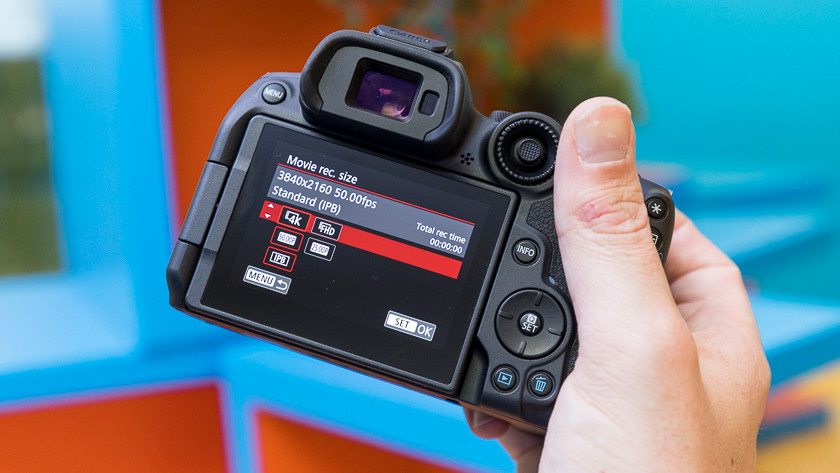
Canon EOS R7: record in 4K, 60p
Thanks to the 32.5-megapixel sensor, you can take photos in a high quality that you can print in a large size. The Digic X image processor processes the images with a speed of 15 photos per second. You can record with a maximum resolution of 4K with 60 fps without crop. This means that your image won't be cropped in this resolution. With the R7, you can also record in Canon Log 3. You'll have image material with a high dynamic range that you can provide with the right colors in the edits afterwards.
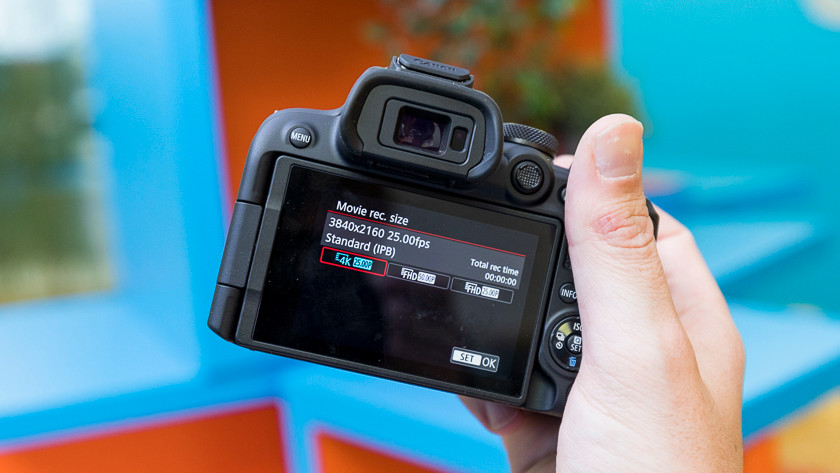
Canon EOS R10: record in 4K, 60p with 64% crop
The R10 has a 24.2-megapixel sensor and the same Digic X image processor as the R7. Thanks to this, you can photograph with 15 photos per second with this camera too. The maximum video resolution is 4K at 60 fps. When you record with this quality, the camera will crop the image up to 64% of the horizontal area. Your image will become slimmer due to this. Do you want to use the full range of the sensor? Record in 4K at 30 fps.
Autofocus
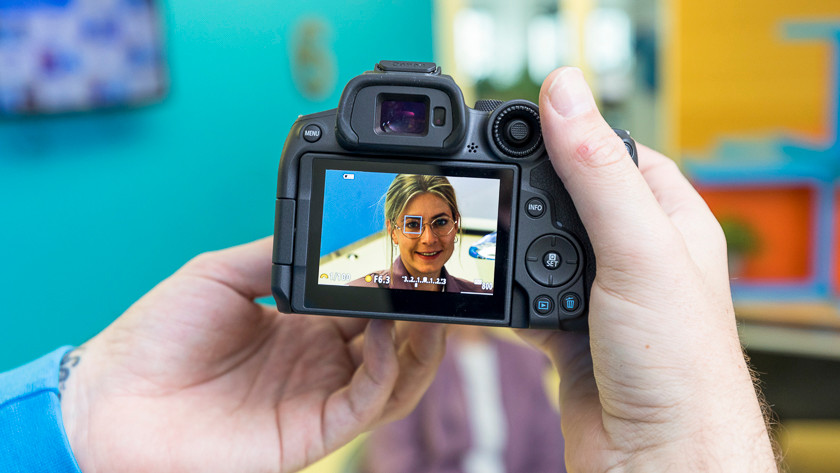
Canon EOS R7: people, animals, and vehicle detection
The autofocus of the Canon EOS R7 recognizes people, animals, and vehicles. As a result, the camera will select an autofocus point when it detects such an object. For example, when you walk outside and point at a scooter, a frame will appear around it. The autofocus focuses on the object the moment you press the shutter. The autofocus also covers the entire sensor. When the autofocus tracks an object, it'll also focus on the edge of the image.
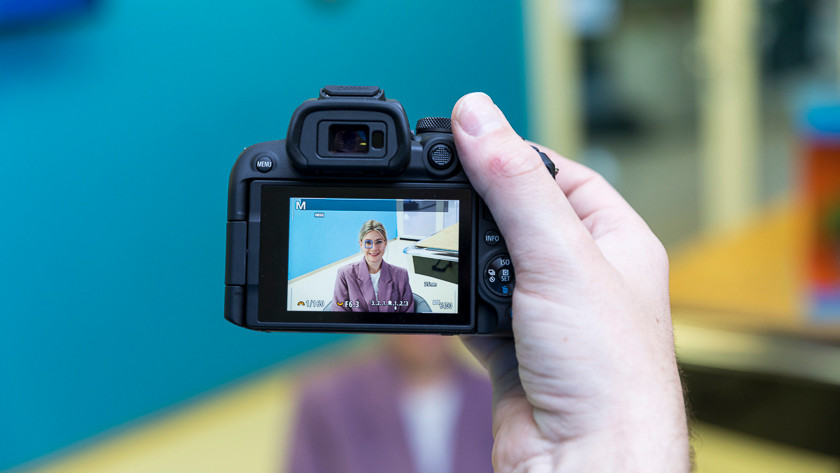
Canon EOS R10: people, animals, and vehicle detection
The R10 has the same autofocus system as the R7. The renewed vehicle recognition ensures that you can easily focus on cars that are driving by. This is ideal for car spotters. If you have the camera set to AF tracking, the autofocus will use the entire sensor. As a result, the camera will follow the object up to the edge of the image and even focuses on this. If you focus manually, the coverage is slightly smaller horizontally at 90%.
Lenses

Canon EOS R7: RF-S mount
For the EOS R7, Canon developed a new connector for lenses which is the RF-S mount. The RF-S lenses with this mount are made for EOS R cameras with a crop sensor. That way, you won't lose any image quality when you use your full-frame RF lenses on this camera. Do you already have RF lenses? You can use them on this camera too. For EF and EF-S lenses, you'll need and EF-EOS R adapter.
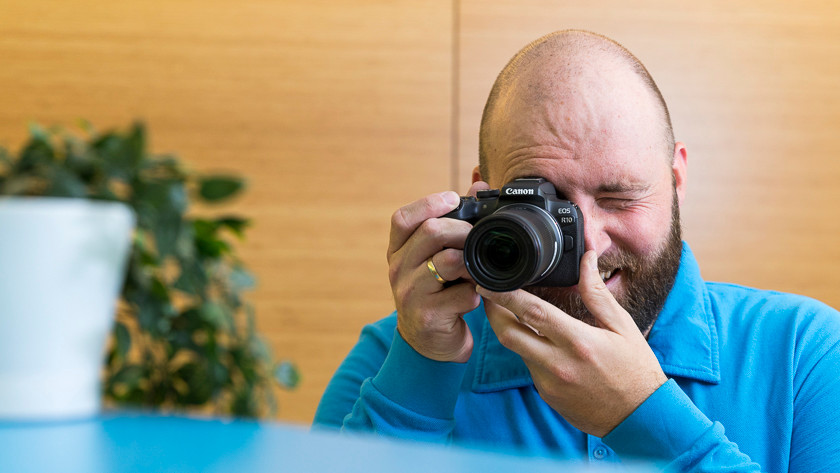
Canon EOS R10: RF-S mount
Thanks to the RF-S mount, you can use the EOS R10 with the new RF-S lenses by Canon. These lenses are specially designed by the EOS R cameras with a crop sensor. Thanks to this, you won't lose image quality when you use your full-frame lenses. Do you already have EF, EF-S, or RF lenses? You can use them on your EOS R10 camera without a problem. For the EF and EF-S, you'll need an EF-EOS R adapter to connect the lens.
Conclusion
The EOS R7 and the EOS R10 mostly differ in terms of quality and functions. The R10 has a lower image quality and less functions due to the compact size. You can record in 4K, 60 fps with a crop factor, while you won't have any limitations with the R7. Are you going on a city trip? The R10 is suitable for you. Are you looking for the best image quality? Choose the R7.



